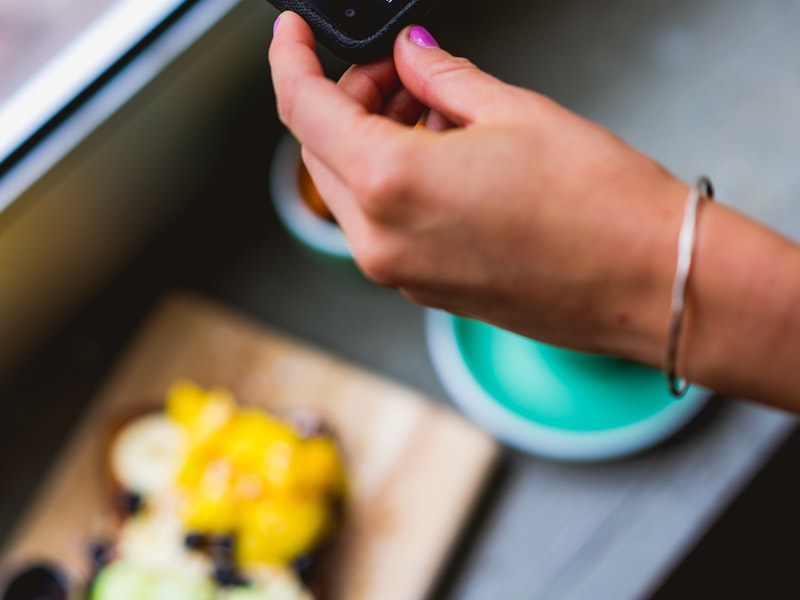Do the sounds and images associated with casinos and images affect gamblers' choices in a real-time gambling task?

A casino is a venue where gamblers can be found. It is not unusual to observe gamblers, dealers and bouncers at casinos. The aim of this paper is to examine the impact of the noise of casinos on gambling attitudes of customers. This paper was partly inspired by Jack C. Moore's "Gambling & its Social history" which was published in the Journal of the American Medical Associations Vol. 83 Issue 3. pages. 818-819, and used quantitative methods to examine the impact of noise on negative attitudes toward gambling.
This study investigated the impact of casino-related noises and lights however, not the presence of a player in a casino, on perceptions of gambling-related behavior. The study was conducted within-subject. Every participant completed an exercise in gambling and was monitored for their response time. In addition, we examined the effect of red light by itself, as well as the effects of red light paired with white noise. The primary effect of red light (faster response time) was evident. However there was no effect on white noise (which has slower reaction times) which suggests that it had little effect on negative attitudes. These results can be understood as follows: In a situation where players are exposed to the sounds of casinos as well as red light, those who are more susceptible to these external influences could be more likely to act in a casino-oriented way.
Another issue in this article is the use of rewards and losses in casinos. Understanding the way a casino's incentive system functions is crucial to understand how customers react to any changes in these variables. In this paper, we suggest that both reinforcements, positive and negative, are crucial in increasing the likelihood that people will choose certain strategies and to keep them consistent over the long term. Specifically we suggest that shifts in the size of the casino's rewards and losses which are reflected in the amount of money wagered and the possible rewards and losses, both influence the likelihood of people to choose the gambling strategy A over strategy B.
Then, we looked into the relationship between red lights and response time to decision-making in a situation when participants were exposed to sounds reminiscent of casinos. We found a significant effect of red light on response time, determined by the speed at which players decided on their strategy. However there was no major effect of the red light on profitability or the payout.
The experiment was conducted where participants were randomly assigned two decks: one with black and one with red. The purpose of this experiment was to better understand the relationship between incentives and deck selection. Before playing the game participants were asked to pick a picture that caused intense emotions. This could be a war scene, a crash site, or any other similar image. We informed participants that they would be asked to pick a card from each deck right following the decks had been introduced. At this point, it's hard to think of how a reasonable person could have come to the conclusion that the deck had more advantages.
There are many variables that influence the casino-related sound or images. However, the results showed that the sounds and images were indeed influential in influencing participants' decisions to play more carefully and test more risky strategies. Furthermore, the impact of these manipulatives grew to the level of casino gambling knowledge and experience, as we discovered that expert gamblers exhibited more deliberate and less self-focused choices on the same gambling task. The results suggest that gambling knowledge and confidence can be increased by exposure to casino-themed stimuli.
Our previous research has also shown that participants were more inclined to gamble and expected to win more money on the Iowa gambling game. Exposure to similar stimuli increases the odds of winning future games. This study suggests that this anticipation can lead to higher decision-making ability, and therefore larger bets on subsequent gambling events. This is why the findings of this study imply that the mere presence of a casino-themed sound or image can lead to greater decision-making ability.
먹튀검증 Based on these results, we hypothesized that participants would behave in a manner that reflects a greater amount of greed and more risk-taking. Particularly, we believed that there would be a significant between-group variation in the amount of money a player bets and the amount that they would win. There was a significant between-group distinction in this particular item and the percentage of players who bet the average amount (i.e. the mean casino money) was greater in the Simulation group group than in the non-Simulation group.
